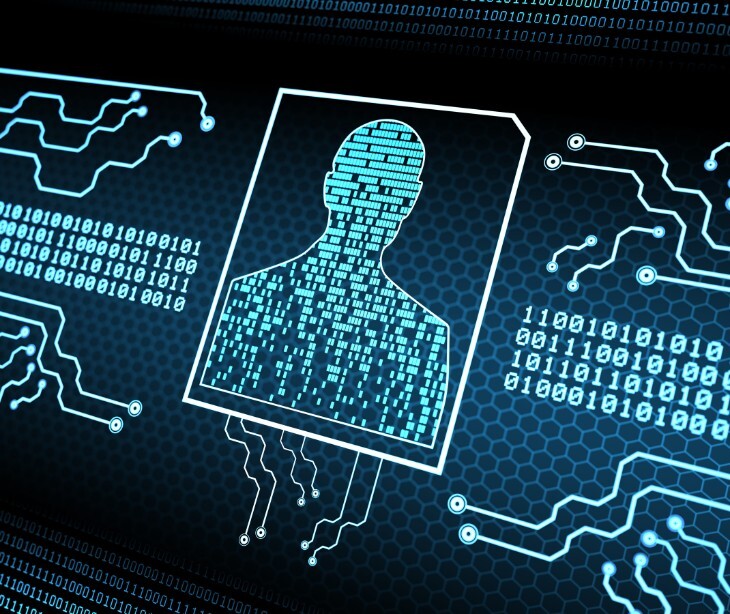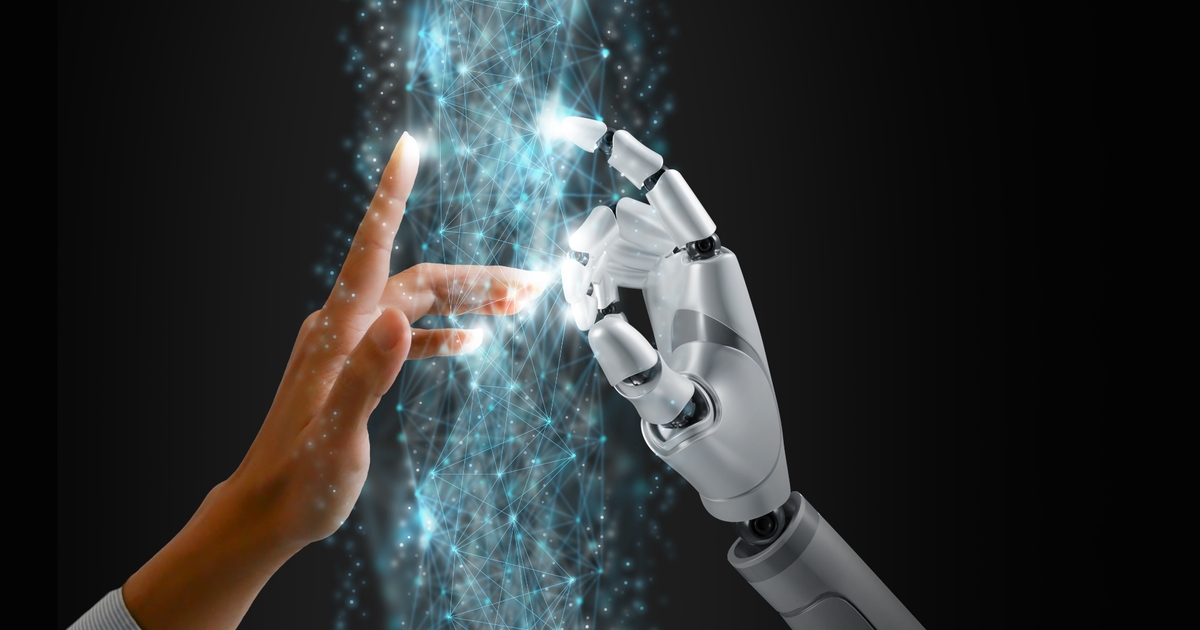Digital Twin Testing: Simulating the Real World Without Risking It
Imagine being able to test an aircraft engine, a car’s braking system, or even an entire factory — without touching the physical version. That’s the power of Digital Twin Testing, where virtual replicas of real-world systems allow engineers and testers to experiment, optimise, and predict outcomes without disrupting live operations.
In essence, it’s like having a mirror that not only reflects but reacts — letting organisations foresee failures, fine-tune processes, and innovate faster, all within a simulated environment.
From Physical to Digital: The Evolution of Testing
Traditional software and system testing have always involved risk — testing too early can break functionality, and testing too late can cause costly downtime. The digital twin changes that narrative by providing a sandbox where every component behaves exactly like its real-world counterpart.
Think of it as a pilot simulator for machines and software. Engineers can model behaviours, inject faults, and evaluate outcomes safely. It’s particularly valuable in industries like aerospace, automotive, and manufacturing, where mistakes in live systems could be catastrophic.
As organisations adopt this new testing paradigm, skilled professionals with expertise in virtual modelling and automation are in demand. Those pursuing software testing coaching in Pune are gaining exposure to such emerging tools, preparing for the next wave of intelligent, simulation-based testing environments.
How Digital Twins Reinvent the Testing Process
A digital twin acts as the bridge between the physical and digital worlds. It collects live data from sensors, IoT devices, and system logs, then mirrors those conditions in a virtual environment. This enables continuous monitoring, testing, and improvement — all without touching the live system.
For instance, in automotive development, testers can simulate how vehicles respond to different weather conditions, terrain types, or driver behaviours before a prototype is even built. In healthcare, medical equipment can be tested virtually to ensure safety and accuracy before deployment in real scenarios.
The twin doesn’t just record — it learns. Through machine learning algorithms and predictive analytics, it identifies potential weaknesses long before they cause problems.
Predictive Power: Preventing Failures Before They Happen
One of the most revolutionary aspects of digital twin testing is its predictive capability. By combining real-time sensor data with historical performance trends, systems can forecast breakdowns or inefficiencies before they occur.
Imagine a manufacturing line that detects a motor’s declining performance and automatically schedules maintenance before a failure halts production. This kind of foresight saves money, prevents downtime, and enhances reliability.
In the energy sector, similar systems are being used to predict power grid fluctuations and equipment strain, leading to smarter energy management.
This proactive approach is transforming the tester’s role from reactive bug-finder to strategic problem-preventer.
Integrating Digital Twins into Software Testing Frameworks
To effectively use digital twins, testers must rethink how testing pipelines are structured. Integration with automation tools, CI/CD (Continuous Integration/Continuous Deployment) systems, and cloud infrastructures is essential.
Instead of static test cases, simulations become dynamic and adaptive. As real-world conditions evolve, the twin adjusts its parameters automatically. This continuous feedback loop enhances the accuracy of results and speeds up deployment cycles.
Many modern testers are embracing this methodology as part of a larger move toward intelligent automation and DevOps integration. Institutions providing software testing coaching in Pune often introduce learners to these next-generation testing techniques, merging traditional QA knowledge with data-driven simulations.

Challenges and Ethical Considerations
Despite its promise, digital twin testing comes with challenges. Building accurate replicas requires massive data collection, which raises questions about privacy and security.
There’s also the risk of over-reliance — trusting a digital model too much can lead to blind spots if the twin doesn’t fully capture real-world variability. Hence, continuous validation between physical and digital systems is essential.
Moreover, companies must ensure their testing frameworks remain transparent and ethically aligned, especially when digital twins influence real-world decisions.
Conclusion: A Safer, Smarter Future for Testing
Digital twin testing represents the next frontier in how we design, test, and refine systems. It allows for experimentation without disruption, learning without loss, and innovation without danger.
As industries move towards smarter, data-driven environments, testers with skills in simulation and predictive analysis will be in high demand. For those who wish to prepare for this transformation, mastering modern frameworks can provide a strong foundation.
The future of testing is no longer about breaking systems — it’s about building confidence through simulation, insight, and precision.




